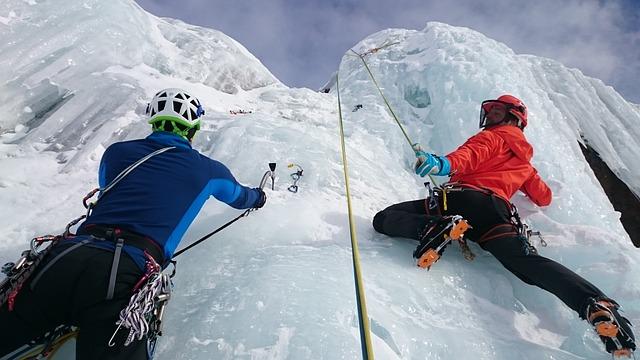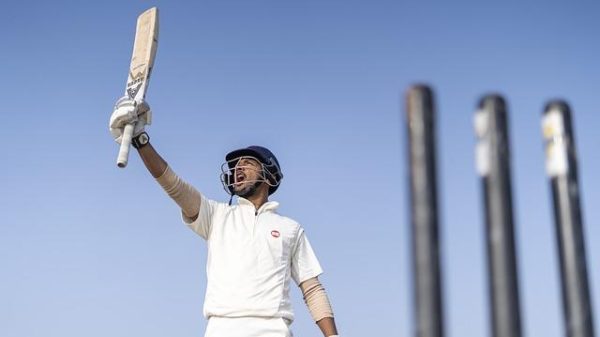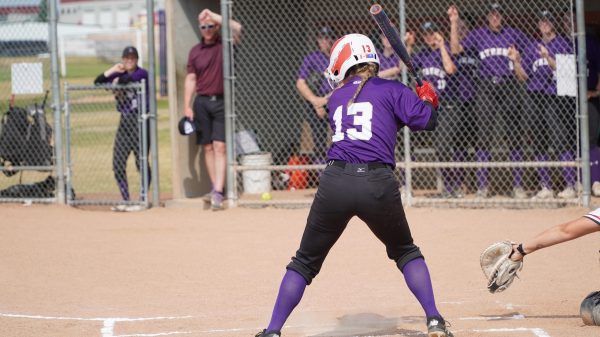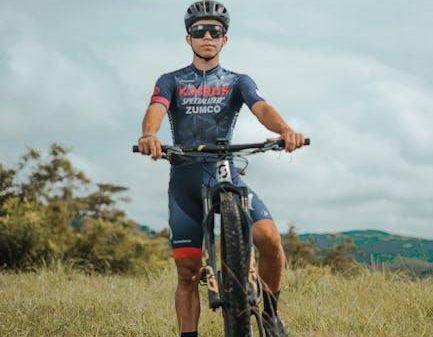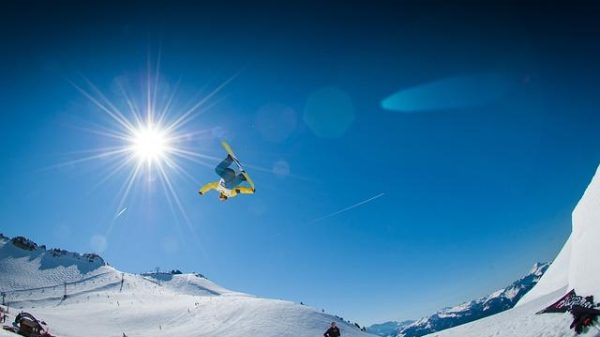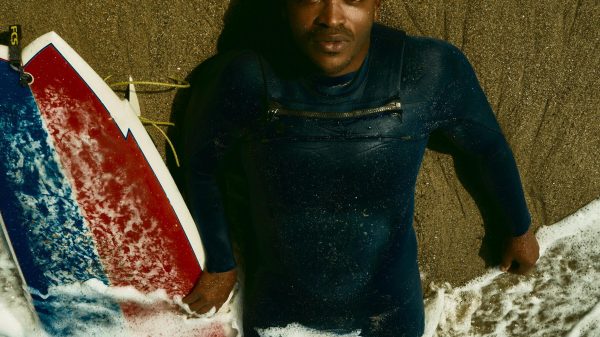In recent years, the world of extreme sports has captivated audiences with its thrilling displays of human daring and skill, yet beneath the surface of this adrenaline-fueled spectacle lies a pressing issue that warrants critical examination: the lack of diversity. As disciplines such as snowboarding, skateboarding, and rock climbing continue to gain mainstream recognition, they remain largely dominated by a homogeneous demographic, raising questions about inclusivity and representation. This article seeks to explore the complexities surrounding diversity in extreme sports, analyzing the socio-economic, cultural, and historical barriers that contribute to this imbalance. By delving into the roots and ramifications of this issue, we aim to provide a comprehensive understanding of why diversity in extreme sports is not just a peripheral concern but a significant challenge that impacts the growth and accessibility of these sports on a global scale.
Understanding the Current Demographics in Extreme Sports
The landscape of extreme sports is often portrayed as a playground for the young, affluent, and predominantly male participants, yet this perception only scratches the surface of its true demographics. A closer examination reveals a tapestry of enthusiasts from various backgrounds, although certain segments remain significantly underrepresented. Age and gender are notable factors, with the sport primarily attracting those in their late teens to early thirties, while women make up a smaller percentage despite growing interest and participation. In terms of socioeconomic status, the high cost of gear and training can act as barriers, skewing participation toward more financially privileged groups.
Despite the growing global popularity of extreme sports, ethnic diversity within these activities is markedly limited. The reasons for this are multifaceted, involving cultural perceptions, access to facilities, and representation within media and professional spheres. This lack of diversity not only narrows the pool of talent and innovation but also limits the sport’s ability to evolve and resonate with a broader audience. Efforts to diversify extreme sports are underway, with initiatives focusing on increasing accessibility and visibility for underrepresented groups. However, meaningful change requires a concerted effort from all stakeholders—athletes, sponsors, and governing bodies alike.

Analyzing the Barriers to Entry for Underrepresented Groups
When examining the hurdles faced by underrepresented groups in extreme sports, several key barriers emerge. Economic constraints are often the most significant. High costs associated with equipment, training, and travel can be prohibitive for individuals from lower socioeconomic backgrounds. This financial barrier is compounded by a lack of sponsorship and funding opportunities for athletes who do not fit the traditional mold of extreme sports participants.
Cultural and societal factors also play a critical role. Extreme sports have historically been dominated by certain demographics, leading to a lack of visibility and role models for aspiring athletes from diverse backgrounds. This absence can perpetuate a sense of exclusion. Additionally, there are often geographic limitations; access to appropriate training facilities or natural environments necessary for certain sports is not uniformly distributed, further limiting opportunities for some groups. Addressing these barriers is essential to fostering inclusivity and ensuring that talent and passion are the only prerequisites for participation.
- High equipment and training costs
- Lack of sponsorship and funding
- Absence of diverse role models
- Geographic access limitations
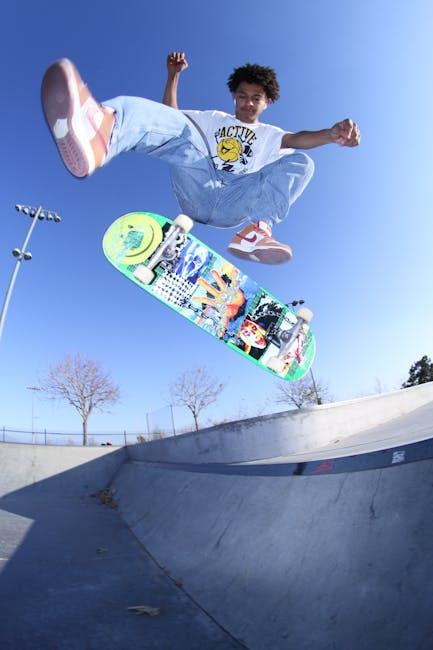
Examining the Impact of Homogeneity on the Culture of Extreme Sports
The realm of extreme sports, often seen as the pinnacle of adrenaline-fueled adventures, is facing a critical examination of its cultural composition. Homogeneity within this sphere not only shapes the dynamics of participation but also influences the evolution of its culture. This lack of diversity can lead to a monocultural perspective that may stifle creativity and innovation, crucial elements that propel these sports forward. When a single demographic dominates, the narratives and values that emerge tend to reflect a narrow viewpoint, potentially alienating those from different backgrounds who could offer fresh insights and experiences.
Consider the following impacts of a homogenous extreme sports culture:
- Limited Representation: A narrow range of voices can result in a lack of relatable role models for aspiring athletes from diverse backgrounds.
- Cultural Barriers: The absence of diversity can perpetuate stereotypes, making these sports less accessible to individuals who do not see themselves represented.
- Innovation Stagnation: Diverse perspectives are known to drive creativity; without them, the sports might not evolve as dynamically as they could.
Addressing these issues requires an intentional effort to embrace diversity, ensuring that extreme sports remain inclusive and vibrant, welcoming a multitude of voices and talents.

Strategies for Promoting Inclusivity and Diversity in Extreme Sports
To foster a more inclusive and diverse environment in extreme sports, several strategic measures can be implemented. First, representation in media and marketing plays a crucial role. By showcasing athletes from diverse backgrounds in advertisements, documentaries, and promotional events, brands can challenge existing stereotypes and inspire participation from underrepresented communities. Highlighting the achievements of diverse athletes not only provides role models but also demonstrates that extreme sports are accessible to all.
Moreover, community outreach and grassroots programs can significantly impact inclusivity. Establishing mentorship programs, workshops, and clinics specifically targeted at marginalized groups can help break down barriers to entry. Organizations should collaborate with local communities to provide resources, equipment, and training opportunities, making these sports more approachable. Furthermore, creating safe and welcoming environments at events and competitions ensures that all participants feel valued and respected. Encouraging dialogue about inclusivity and implementing zero-tolerance policies against discrimination can cultivate a culture of acceptance and support.
